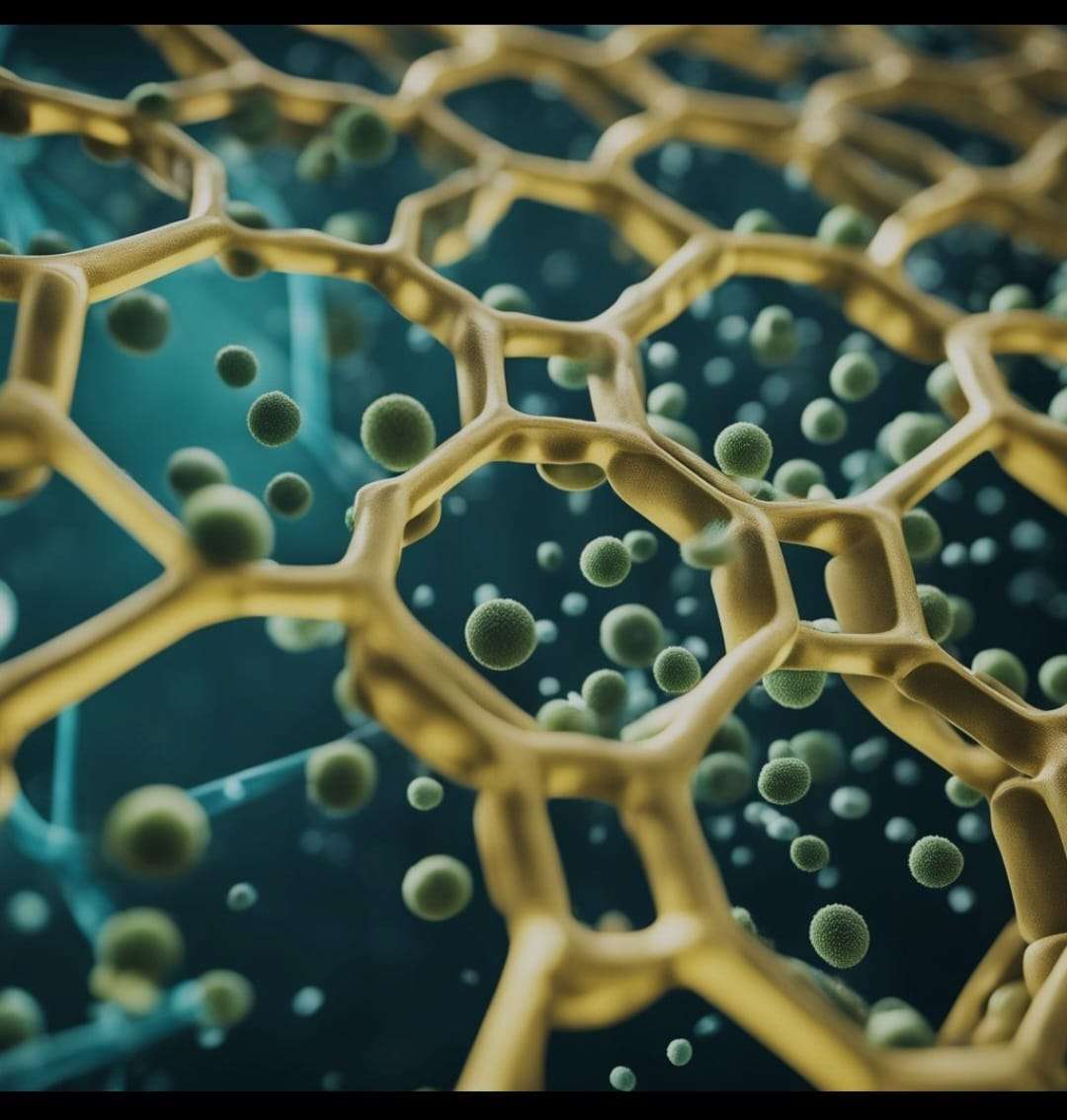Biomaterials For All Human Organs Development
Biomaterials For All Human Organs Development
Biomaterials play a vital role in regenerative medicine by serving as scaffolds or frameworks that support the growth and organization of cells into functional tissues and organs. These scaffolds mimic the natural extracellular matrix (ECM) found in the human body, providing structural support and biochemical signals essential for cell attachment, proliferation, and differentiation. Biomaterials can be derived from natural sources, such as collagen, alginate, and chitosan, or synthesized in the lab using materials like polylactic acid (PLA), polyethylene glycol (PEG), or hydrogels. The choice of biomaterial depends on the specific application and the mechanical, biological, and degradation properties required. When used as a scaffold, a biomaterial must be biocompatible and biodegradable, allowing the body to absorb or safely eliminate it over time.

Organ-Specific Biomaterials Applications
Heart
- Materials: Collagen, elastin, PEG hydrogels
- Use: Building cardiac patches, heart valves, or entire bioengineered hearts
Liver
- Materials: Alginate, decellularized liver ECM, gelatin
- Use: Liver tissue models for regeneration and drug testing
Kidney
- Materials: Electrospun PCL, gelatin scaffolds
- Use: Artificial kidney structures for transplant and dialysis support
Lungs
- Materials: Collagen-elastin blends, decellularized lung matrix
- Use: Building alveolar sacs and airway scaffolds
Skin
- Materials: Fibrin, chitosan, hyaluronic acid
- Use: Wound healing, burn treatment, and skin graft substitutes
Bone
- Materials: Calcium phosphate, hydroxyapatite, bioactive glass
- Use: Bone grafts, orthopedic implants, and scaffolds for bone growth
Pancreas
- Materials: Alginate beads, PEG
- Use: Encapsulation of islet cells for diabetes therapy
